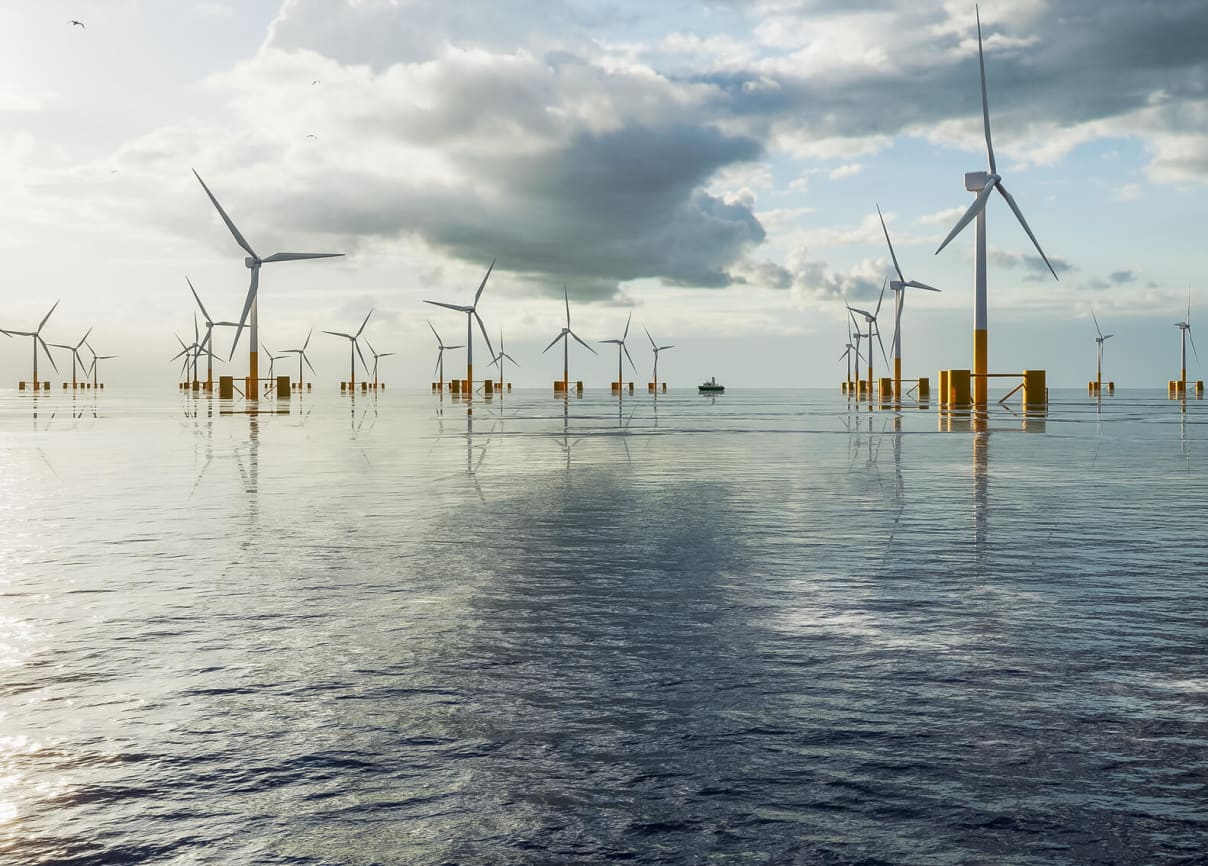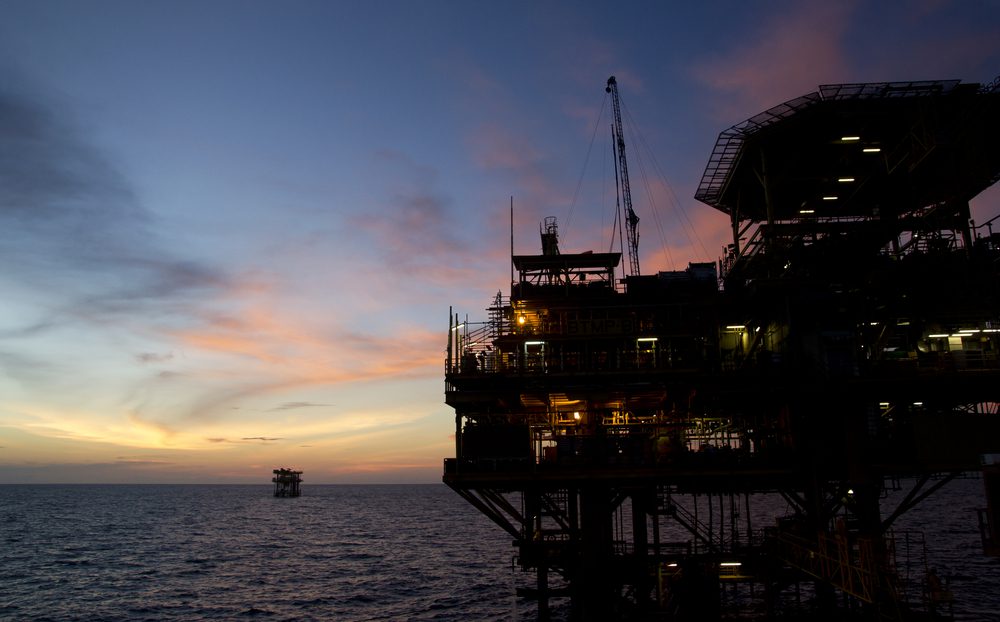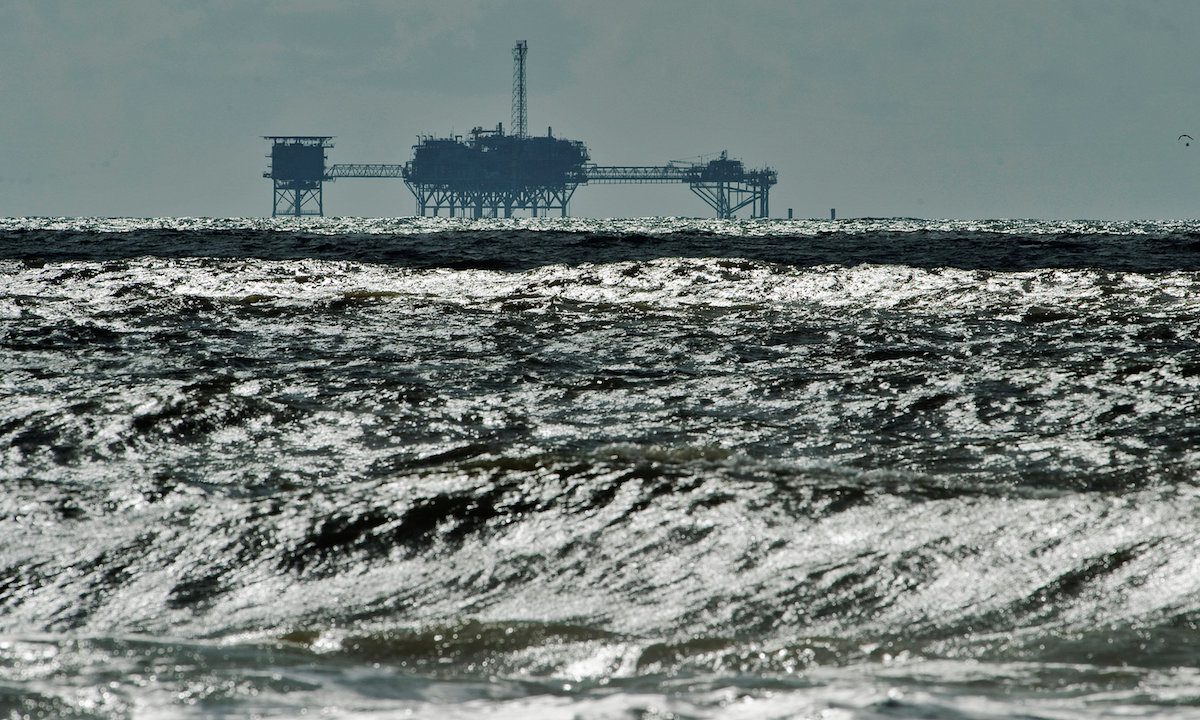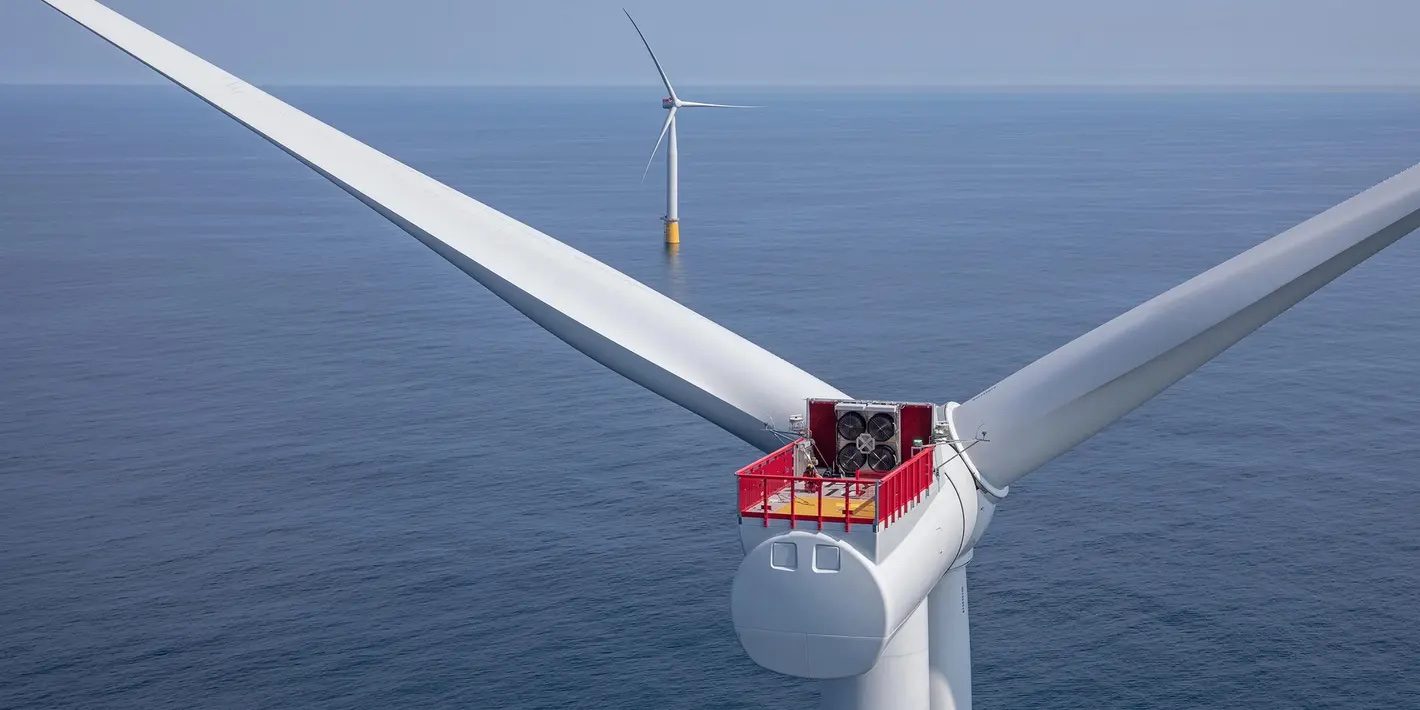By Nina Chestney and Susanna Twidale
LONDON, April 24 (Reuters) – After a bumper year for floating offshore wind farm tenders, the nascent industry is poised for explosive growth in the coming decade as countries strive to cut their carbon emissions.
But it’s unlikely to be all plain sailing.
Rising costs and supply chain bottlenecks have hit some projects and without investment in infrastructure to launch the vast turbines and tow them to sea, hopes of harnessing the full power of the ocean’s winds to hit climate targets could be dashed, industry experts say.
“If the next decade is to see the adoption of floating offshore wind, and its growth into a leading market, the work that we do in 2023 will dictate just how successful this is,” said Felipe Cornago, commercial director offshore wind at BayWa BYWGnx.DE, which is developing a wind farm off Scotland.
About 80% of the world’s offshore wind power potential lies in waters deeper than 60 metres, according to the Global Wind Energy Council (GWEC), meaning floating turbines will be vital for some countries with little space left on land and steep coastal shelves to decarbonise their power sectors.
Winds are stronger and more continuous further out to sea so floating turbines can generate more power than those fixed to the seabed near to shore – and they less visible from the coast, reducing the risk of resistance from local communities.
By the end of 2022, plans for about 48 gigawatts (GW) of floating wind capacity around the world were in place, nearly double the amount in the first quarter last year, according to Fitch Solutions, with European companies driving the expansion.
Since then, new tenders have been launched in Norway and more are planned this year – but so far there are only just over 120 megawatts (MW) in operation worldwide.
Consultancy DNV forecasts that about 300 GW will be installed by 2050, representing 15% of alloffshore wind capacity, but wind turbine makers are already struggling to meet rising demand due to rising inflation and raw material costs.
BOTTLENECKS AND COSTS
The largest project to date, the 88 MW Hywind Tampen project being developed by oil and gas company Equinor off Norway, was meant to be fully commissioned in 2022 but delays due to some steel parts not being of sufficient quality for four of the towers has pushed the start to later this year.
Last year, oil company Shell and state-owned Chinese energy company CGN dropped a plan for a floating wind project off France’s Brittany coast, citing inflation and supply chain problems among other reasons.
GWEC said supply bottlenecks for turbines and components could continue or even be compounded by incentives in the United States for low-carbon energy deployment, as well as increased demand in China, Europe and emerging markets.
As most commercial-scale floating wind farms are only expected to be up and running from 2030, there could be time for such problems to be resolved, said Francesco Cacciabue, partner and CFO at renewable energy investor Glennmont Partners.
At the moment, technology costs for floating wind are far higher than for fixed turbines but companies hope to reduce those costs sharply as larger projects come on stream.
According to DNV, the average levelized cost of energy (LCOE) – which compares the total lifetime cost of building and running a power plant to its lifetime output – for floating wind was about 250 euros per megawatt hour (MWh) in 2020, compared with around 50 euros/MWh for fixed turbines.
But by 2035, the LCOE for floating wind is expected to fall to about 60 euros/MWh.
“For floating, the expectation is that it will sell power at a higher price than fixed-foundation offshore wind for several years while it industrialises and gets to a point where it can compete on a like-for-like basis,” said Jonathan Cole, chief executive of Corio Generation, part of Macquarie’s Green Investment Group.
OFFSHORE PLANS
Norway’s Equinor kick-started the floating wind industry after two of its oil and gas engineers saw a marker buoy they thought could be a structure to hold a floating turbine.
The company installed a pilot floating turbine in 2009 and has seen costs fall by 70% from the demonstration project to its 30 MW Hywind Scotland project. It expects a further 40% cost reduction for Hywind Tampen.
“It’s about having larger turbines which are more efficient offshore,” said Steinar Berge, head of floating wind at Equinor.
“The journey going forward is more reliant upon putting full-scale projects into action because then you will see much more innovation and investments in the supply chain which will drive costs further down,” he said.
Still, higher costs in the medium term haven’t dulled investor appetite for tenders. For some countries, floating wind might be the best option due to their seabed conditions, such as Japan, South Korea and the west coast of the United States.
“These are huge areas with the energy demands to match their huge populations, and they have a mandate to decarbonise as quickly as possible,” said Cacciabue at Glennmont Partners.
The United States wants to develop 15 GW of floating offshore wind capacity by 2035 and its Wind Shot research and development programme hopes to cut the cost to $45/MWh by 2035.
Japan wants to install up to 10 GW of offshore wind capacity by 2030, and up to 45 GW by 2040, including floating. It plans to set a specific target for floating wind this year. South Korea, meanwhile, is aiming for 9 GW of floating wind by 2030.
Several countries in Europe have also set targets such as Spain which is seeking up to 3 GW of floating capacity by 2030.
PORTS AND SHIPS
Floating offshore wind farms are made up of huge turbines installed on floating platforms anchored to the seabed with flexible anchors, chains or steel cables.
But at the moment, there are at least 50 designs under development, so narrowing down the concepts is important for standardisation and enabling mass production, experts say.
They believe that can be achieved, as many oil companies have significant expertise operating in deep waters such as Shell, Equinor, BP BP.L and Aker Solutions – and some are teaming up with renewable developers to bid in floating wind tenders.
For now, Equinor’s Berge said one of the biggest challenges was having enough large ports to assemble the turbines and move them out to sea. Many of his peers agree.
According to a DNV survey of 244 experts, the biggest supply chain risk they identified was having enough suitable ports, followed by the availability of installation vessels.
Ports where towers measuring more than 150 m to the centre of the rotor and their giant floating bases can be manufactured and assembled are ideal – and they will also need enough access channels, berths, land areas and storage space for handling large, heavy structures, experts say.
But in many countries, such ports are sorely lacking.
Britain aims to have 5 GW of floating wind installed by 2030 but a report by the UK Floating WindOffshore Wind Taskforce, said 34 GW could be installed by 2040 if ports were upgraded.
It said up to 11 ports will need to be transformed into hubs to enable the roll-out of floating offshore wind at scale – along with investment of at least 4 billion pounds ($5 billion).
Britain’s Crown Estate will launch a tender for 4 GW of floating wind in the Celtic Sea off Wales this year but said the area had the potential to produce more than 20 GW.
While Britain wants to lead the world on floating wind, some experts say South Korea could be the real winner given its existing ports and large-scale engineering capacity.
“South Korea will be commercial the quickest,” said Cole at Corio Generation, which has 1.5 GW of floating wind under development there. “People want to buy low-carbon products so how South Korea produces its electricity and how it will decarbonise is a really important thing for the entire economy.”
Another issue is the lack of vessels needed to tow structures to their offshore sites, install them and connect the turbines to the onshore power grid.
“Even the largest vessels from the oil and gas industry have limited capacity for efficient installation of the latest floating wind farms,” said DNV.
($1 = 0.8036 pounds)
(Reporting by Nina Chestney and Susanna Twidale; Additional reporting by Charlie Devreux in Madrid, Yuka Obayashi in Tokyo, Heekyong Yang in Seoul, Nichola Groom in Los Angeles; Editing by Veronica Brown and David Clarke)
(c) Copyright Thomson Reuters 2023.

 Join The Club
Join The Club












